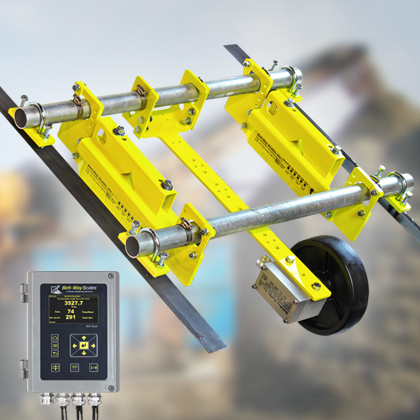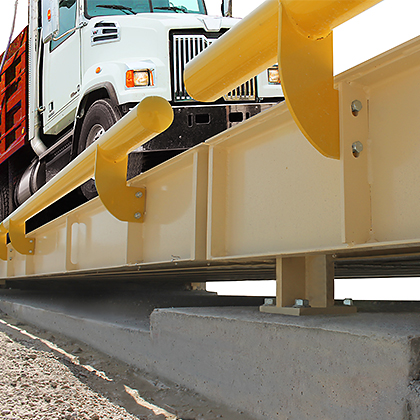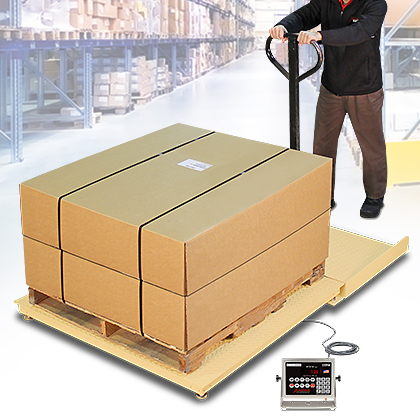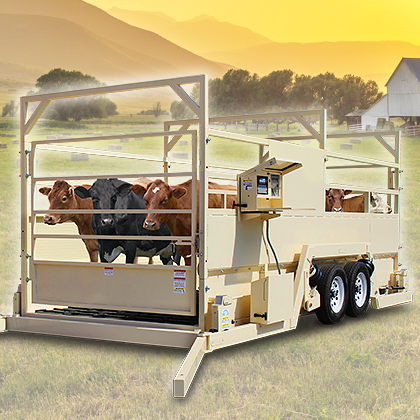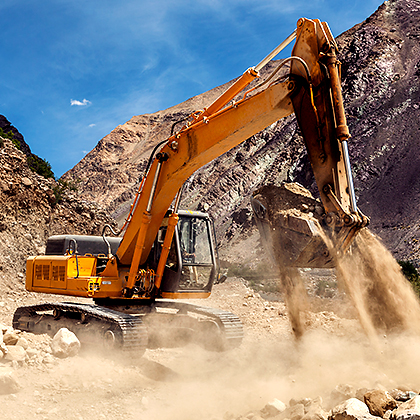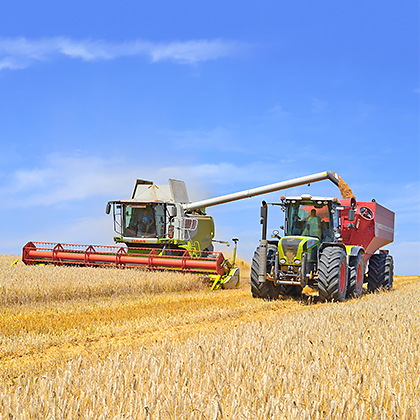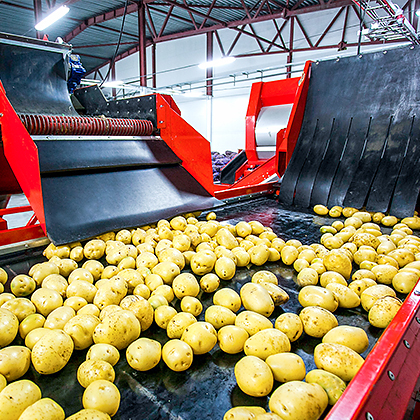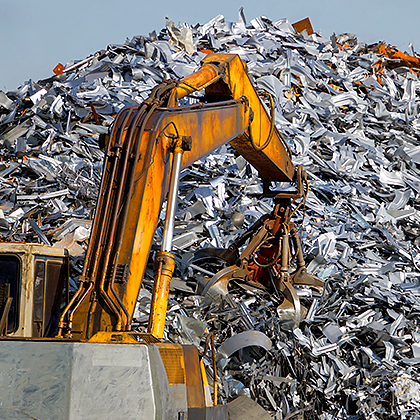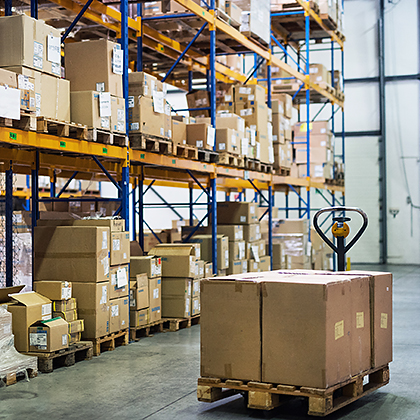-
-
-
-
- News & Events
- Company News
- Company Events
- Press Releases
- Case Studies
- Employee Highlights
- Employees
- Current Job Openings
- Employee Wearables
- Financial
- Credit Application
- Letter of Credit
- Customer Service
- Warranties/Returns
- Complaint Form
- Satisfactory Survey
-
COMMUNITY SERVICE
View DetailsJOB OPENINGS
View Details
-
-
-
-
Products
- Products
- Athletic Scales
- Baker Dough Scales
- Bariatric Scales
- Bathroom Scales
- Bench Scales
- Chair Scales
- Chux Underpad Scales
- Connectivity Solutions
- Conveyor Belt Scales
- Counting Scales
- Digital Conversion Systems
- Floor Scales
- Glove Box Holders
- Hanging Scales
- Home Healthcare Scales
- In-Bed Scales
- In-Floor Dialysis Scales
- In-Motion Checkweigher
- Ingredient Scales
- Integrators
- Livestock Scales
- Load Cell Kits
- Load Cells
- Medical Carts
- Mobile Apps
- Monitoring Efficiency Tools
- Overhead Track Scales
- Patient Lift Scales
- Pediatric Scales
- Physician Scales
- Portable Scales
- Portion Scales
- Precision Digital Balances
- Price Computing Scales
- Printers
- Railroad Track Scales
- Remote Displays
- Retail POS/Logistics
- Scale Diagnostic Tools
- Software
- Stadiometers
- Stretcher Scales
- Test Weight Kits
- Test Weights
- Top Loading Dial Scales
- Truck Scales
- Veterinary Scales
- Waste Receptacles
- Weight Indicators
- Wet Diaper Scales
- WheelChair Scales
-
Industries
- Aggregates
- Agriculture
- Chemical
- Clinics
- Commercial Kitchens
- Construction
- Dialysis
- Fishing
- Fitness
- Food Processing
- Highway Weigh Stations
- Home Healthcare
- Hospitals
- Laundromats
- Livestock
- Logging
- Long-Term Care
- Manufacturing
- Physician Offices
- Recycling
- Retail Point-of-Sale
- Shipping/Logistics
- Solid Waste
- Veterinary
- Company
- Resources
- Contacts

